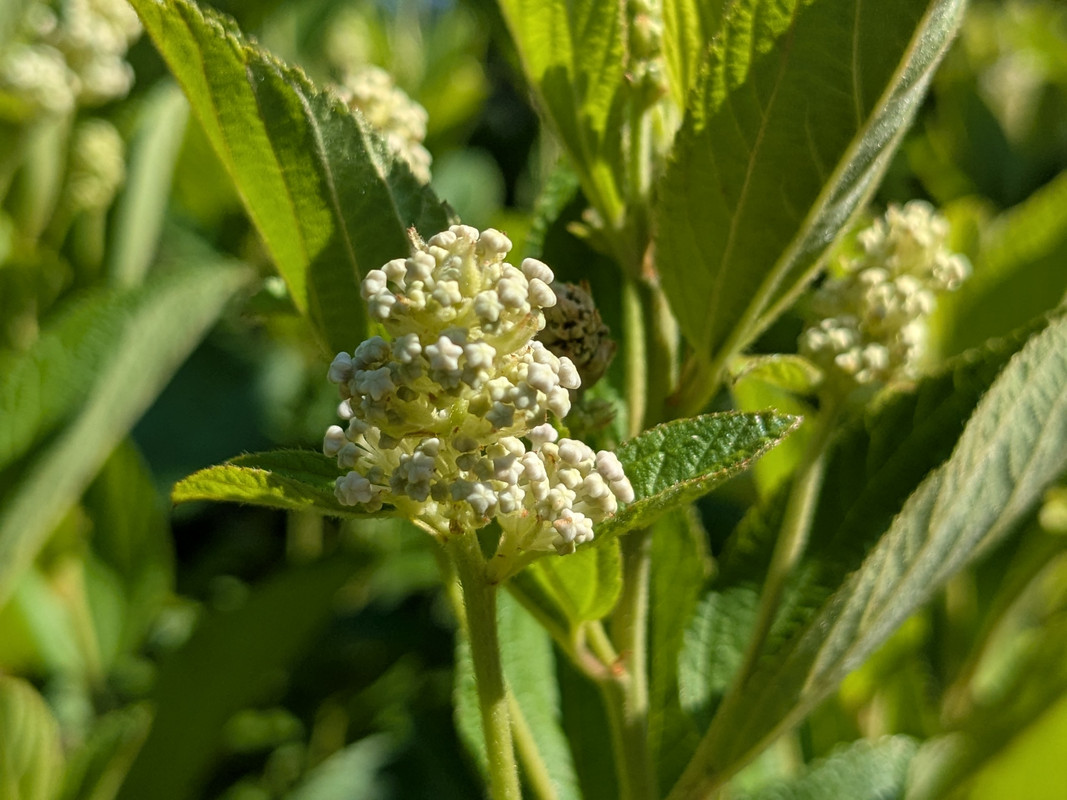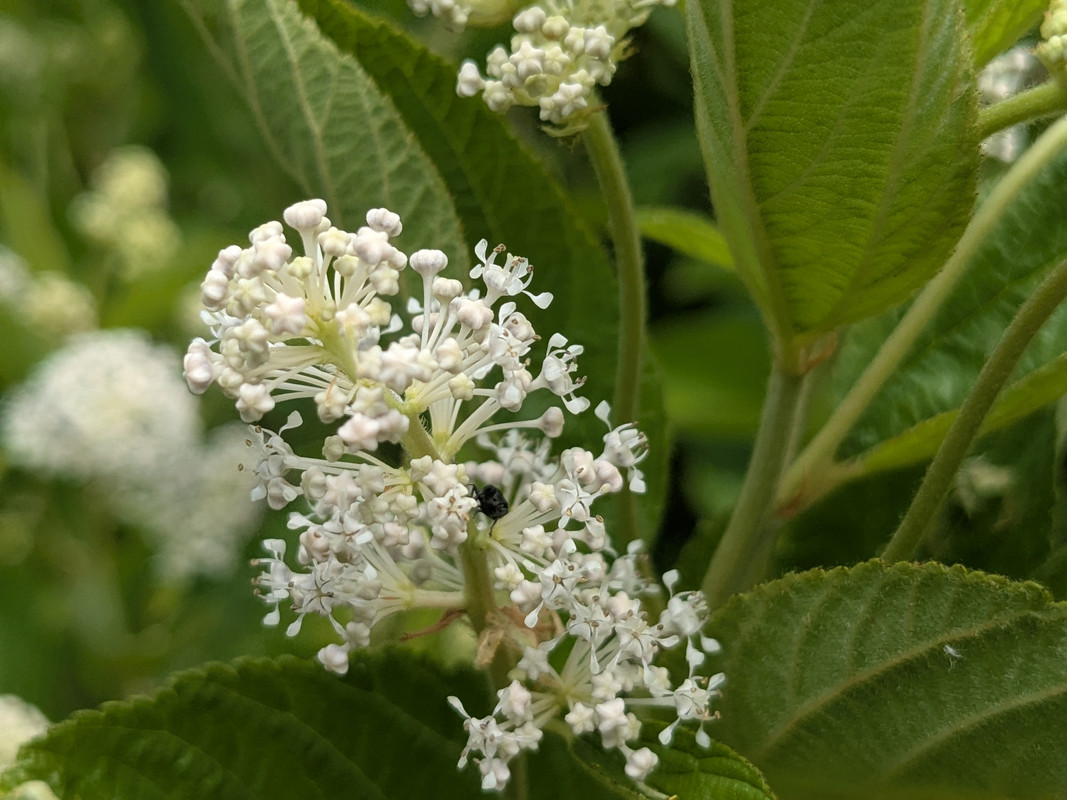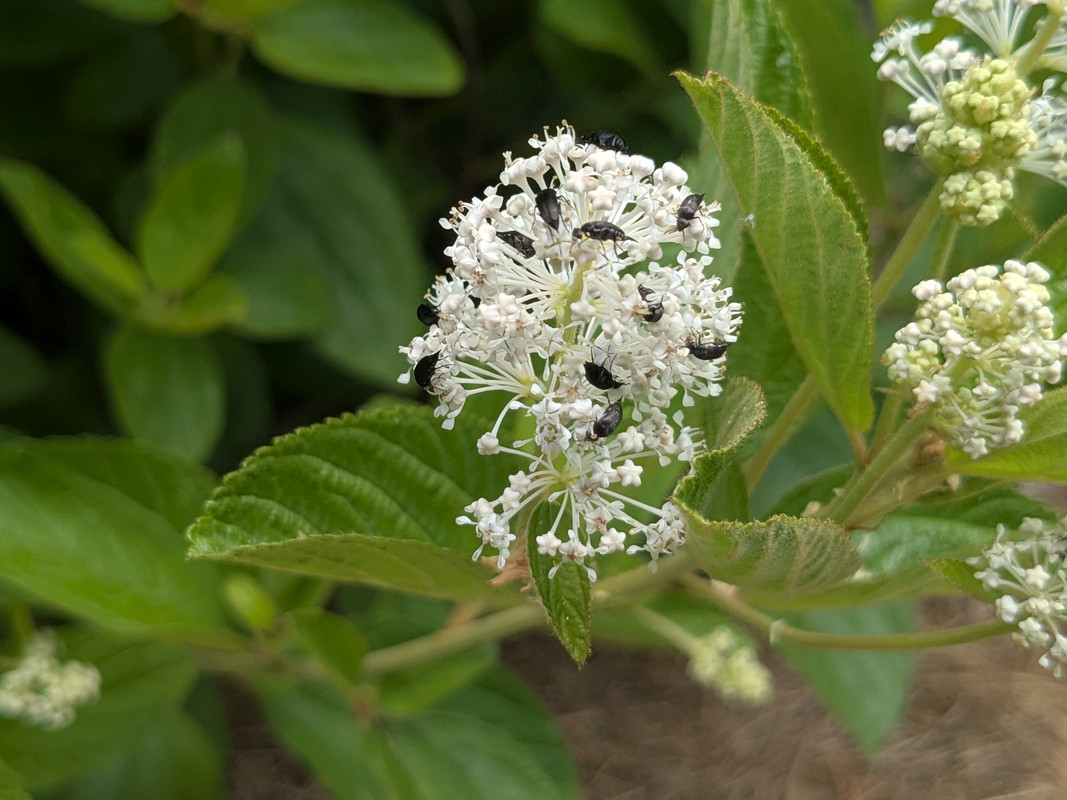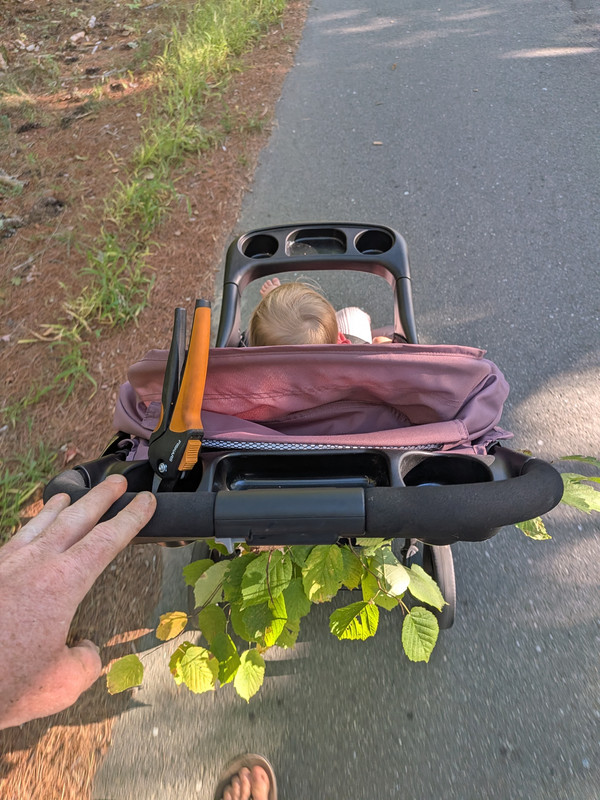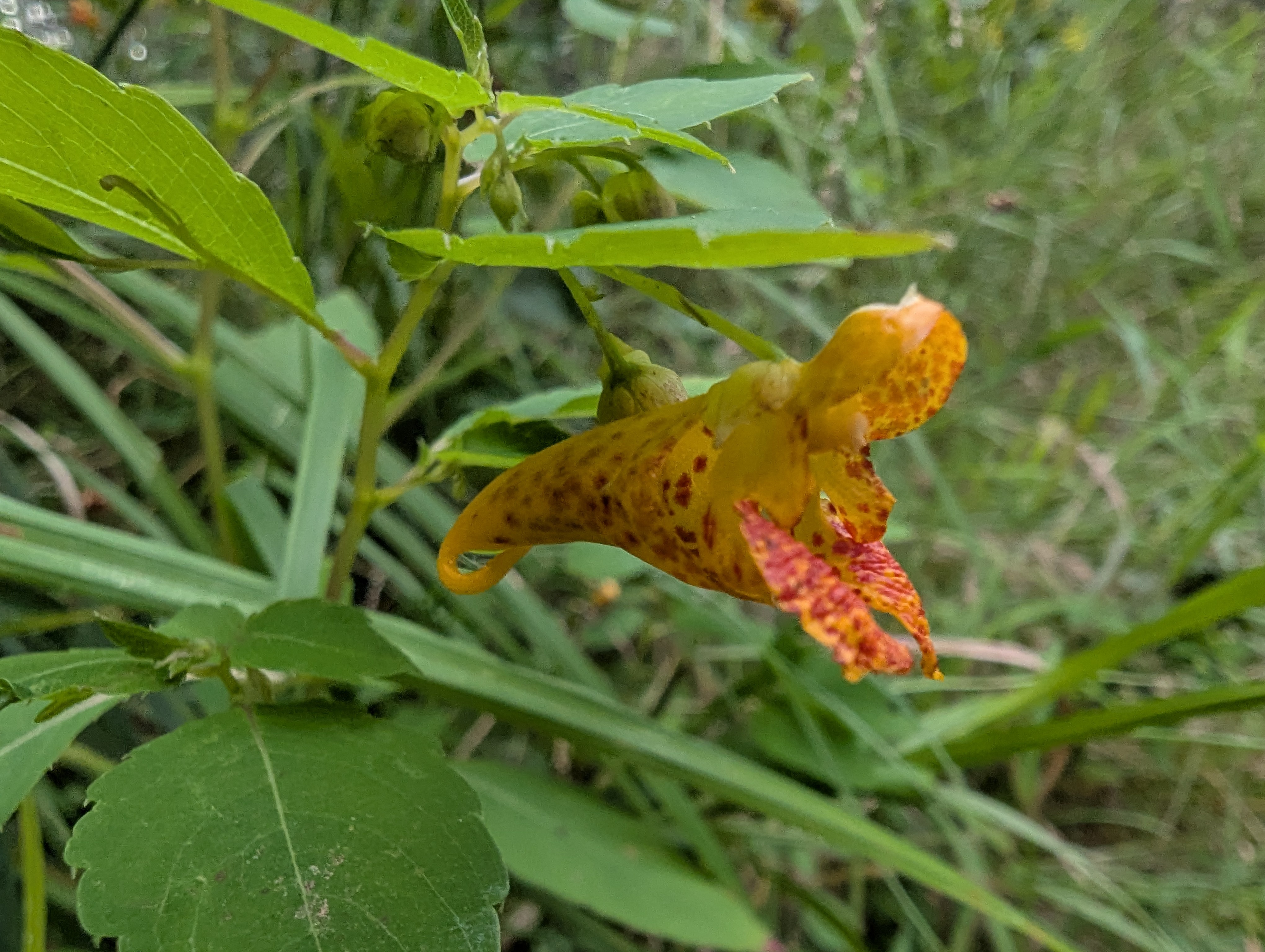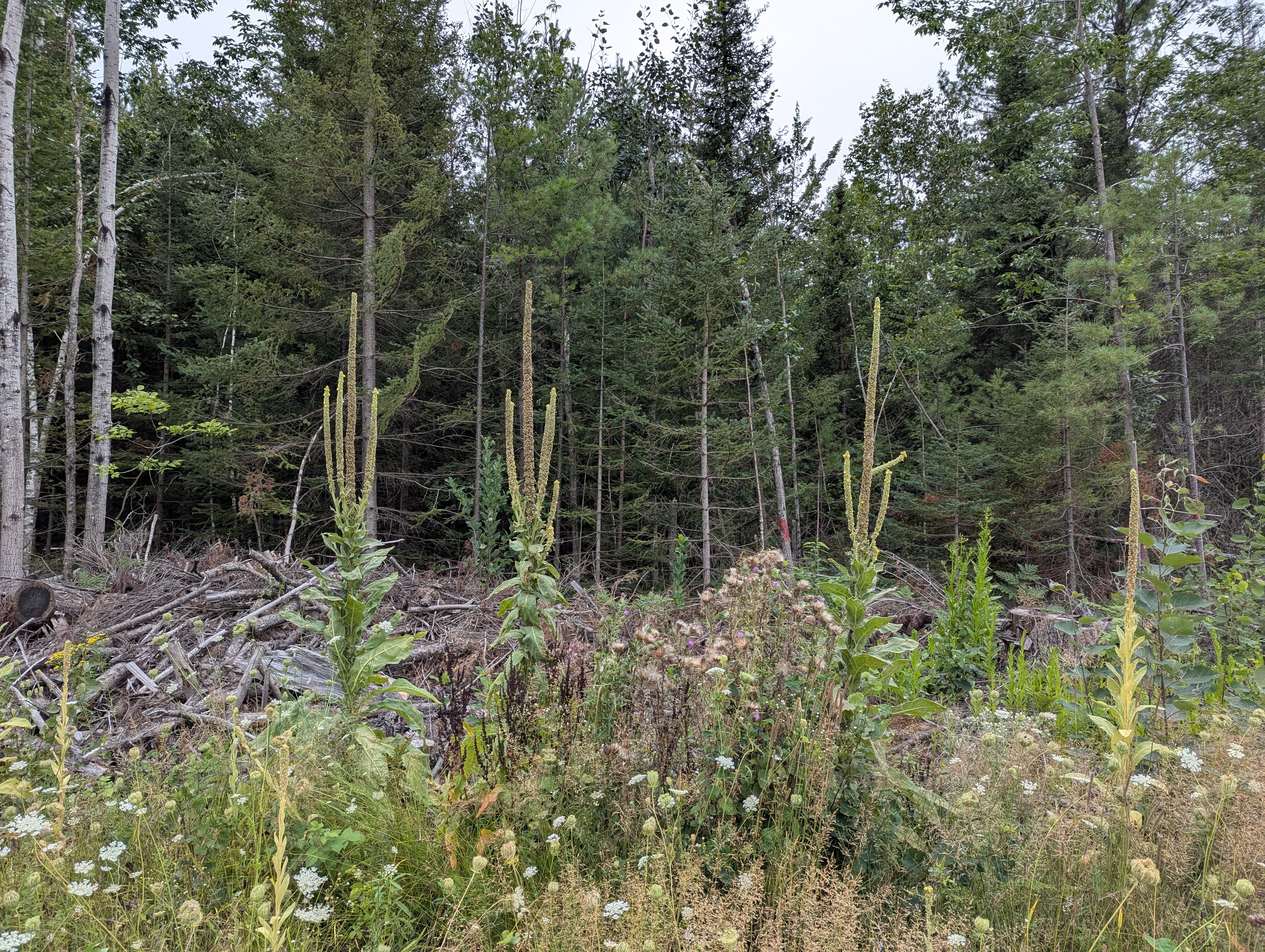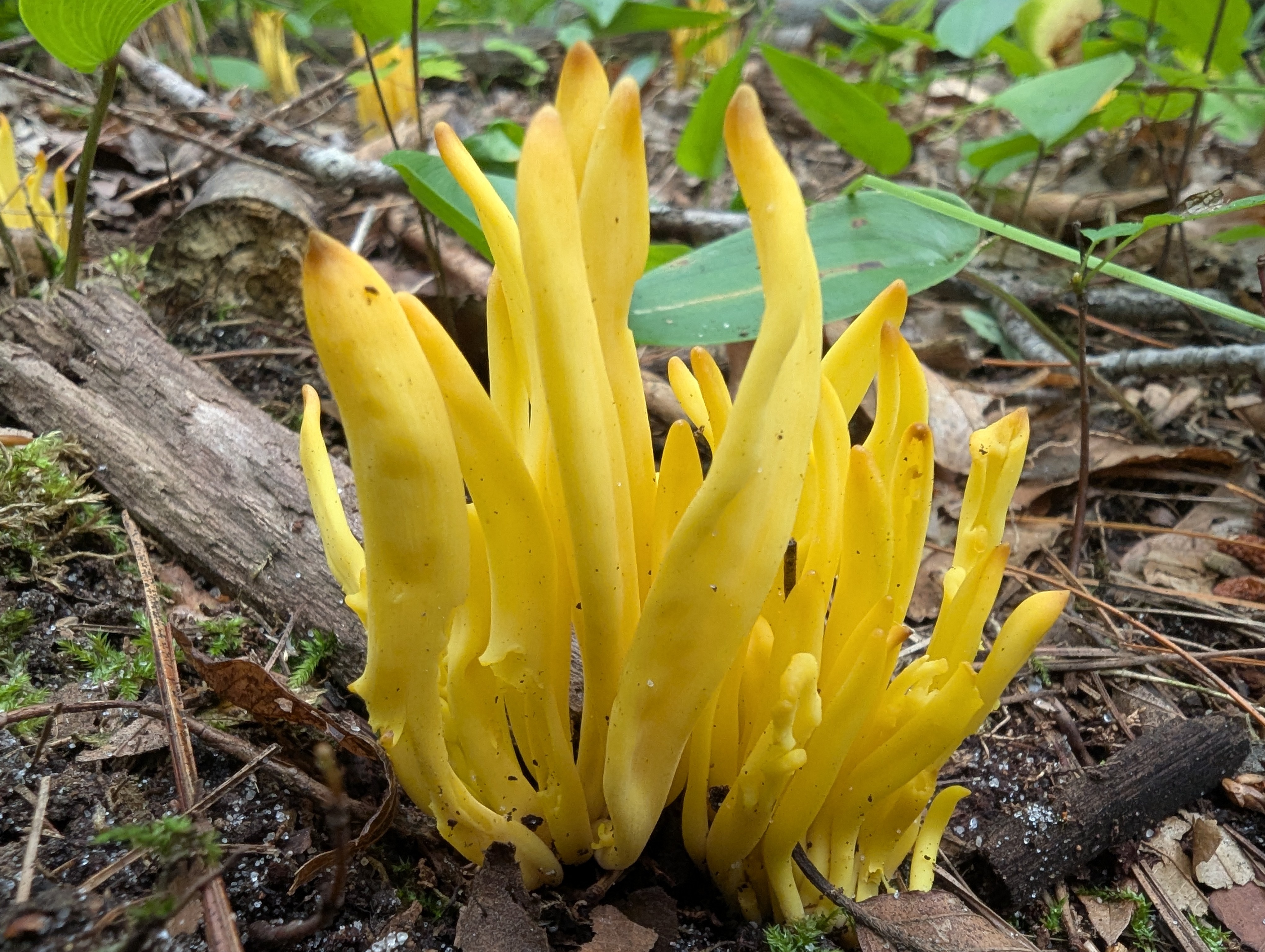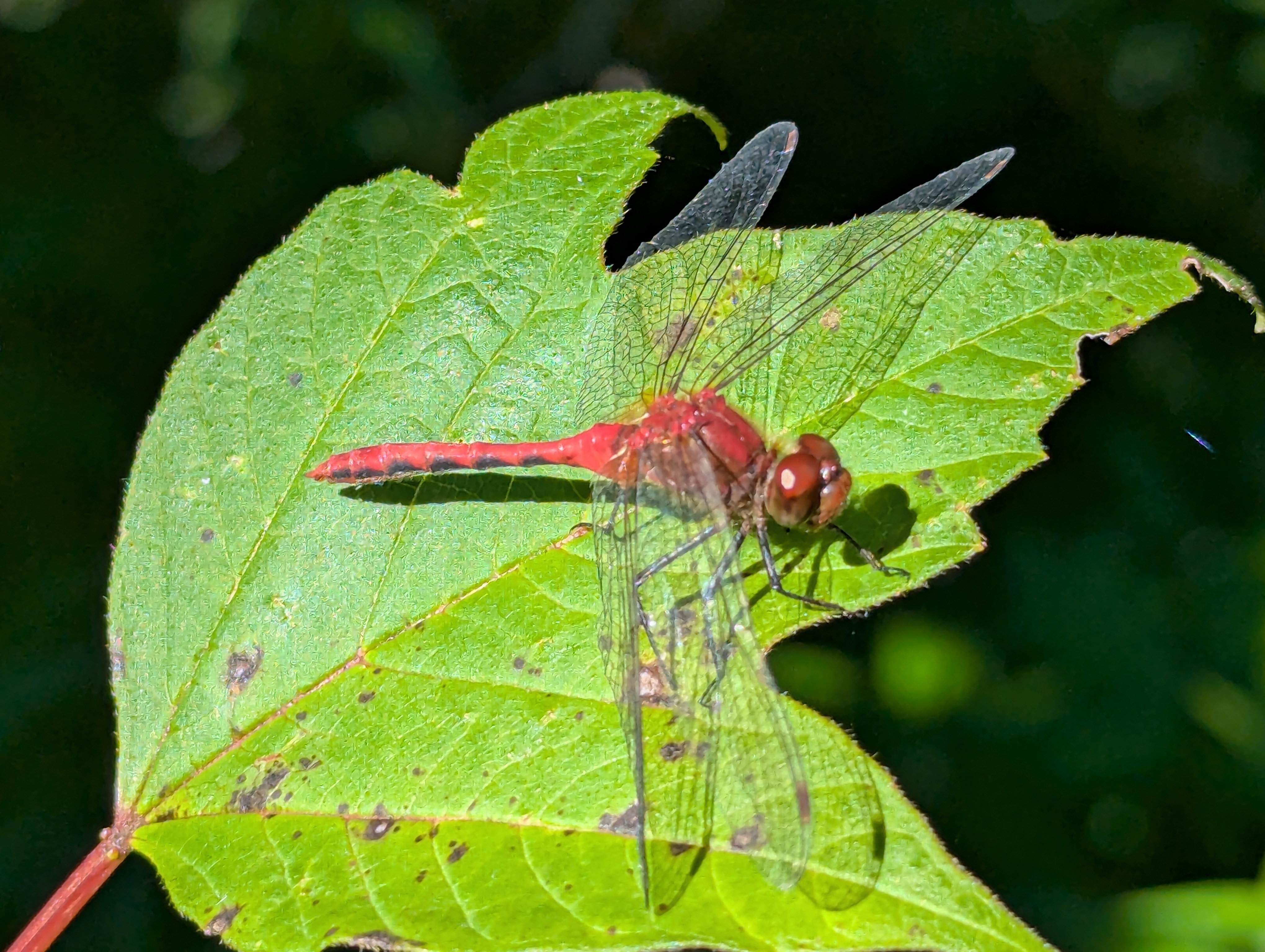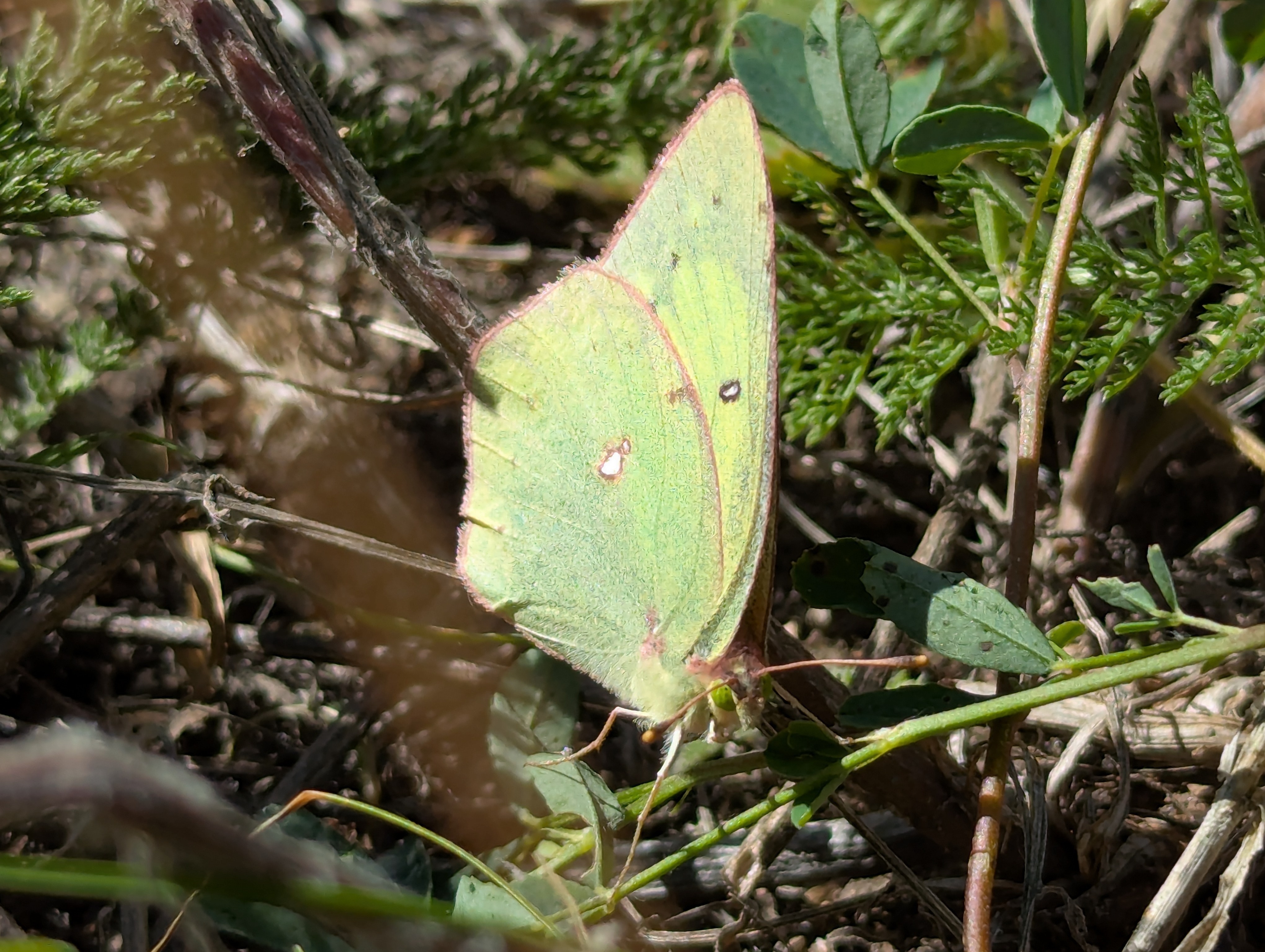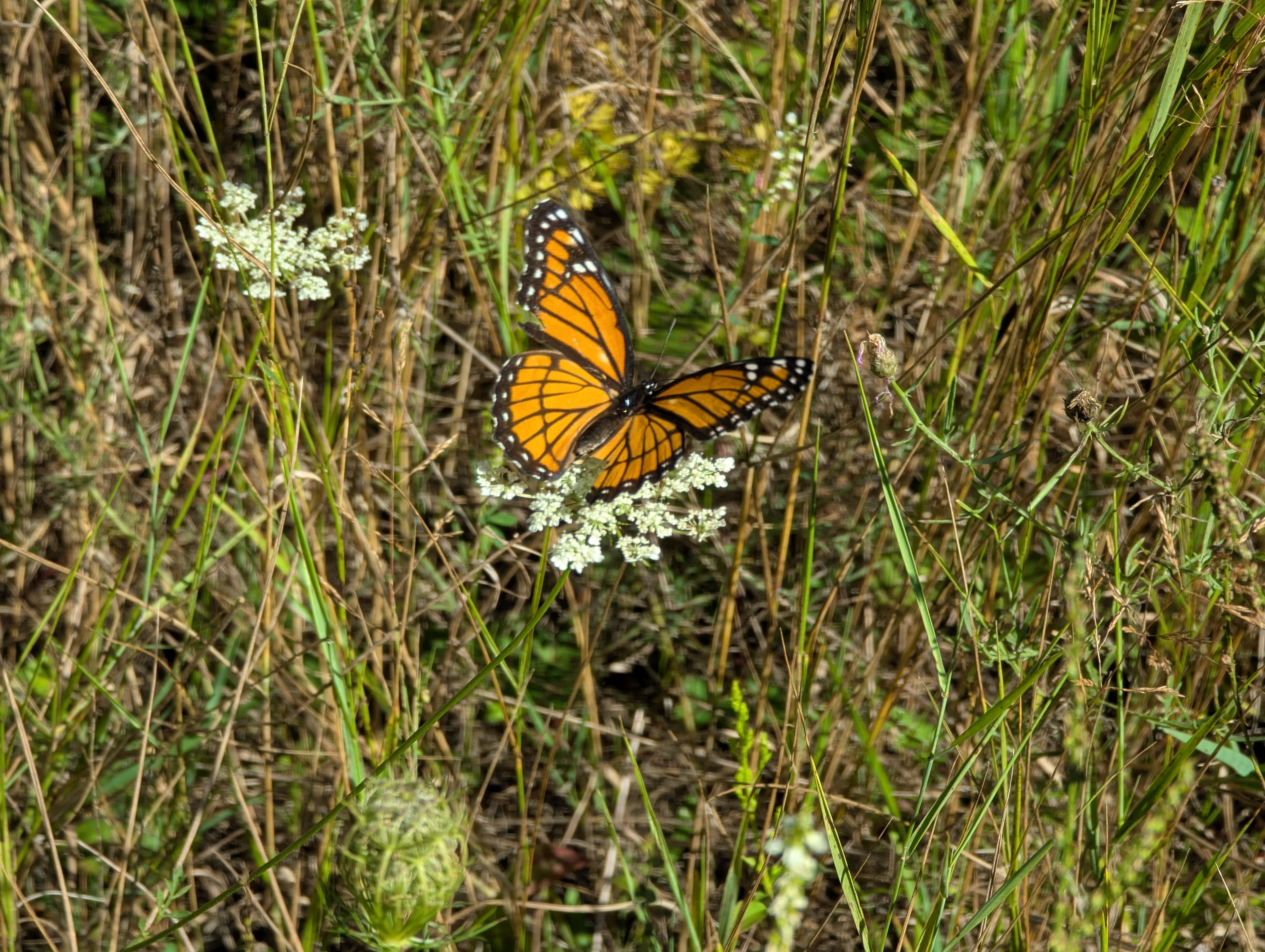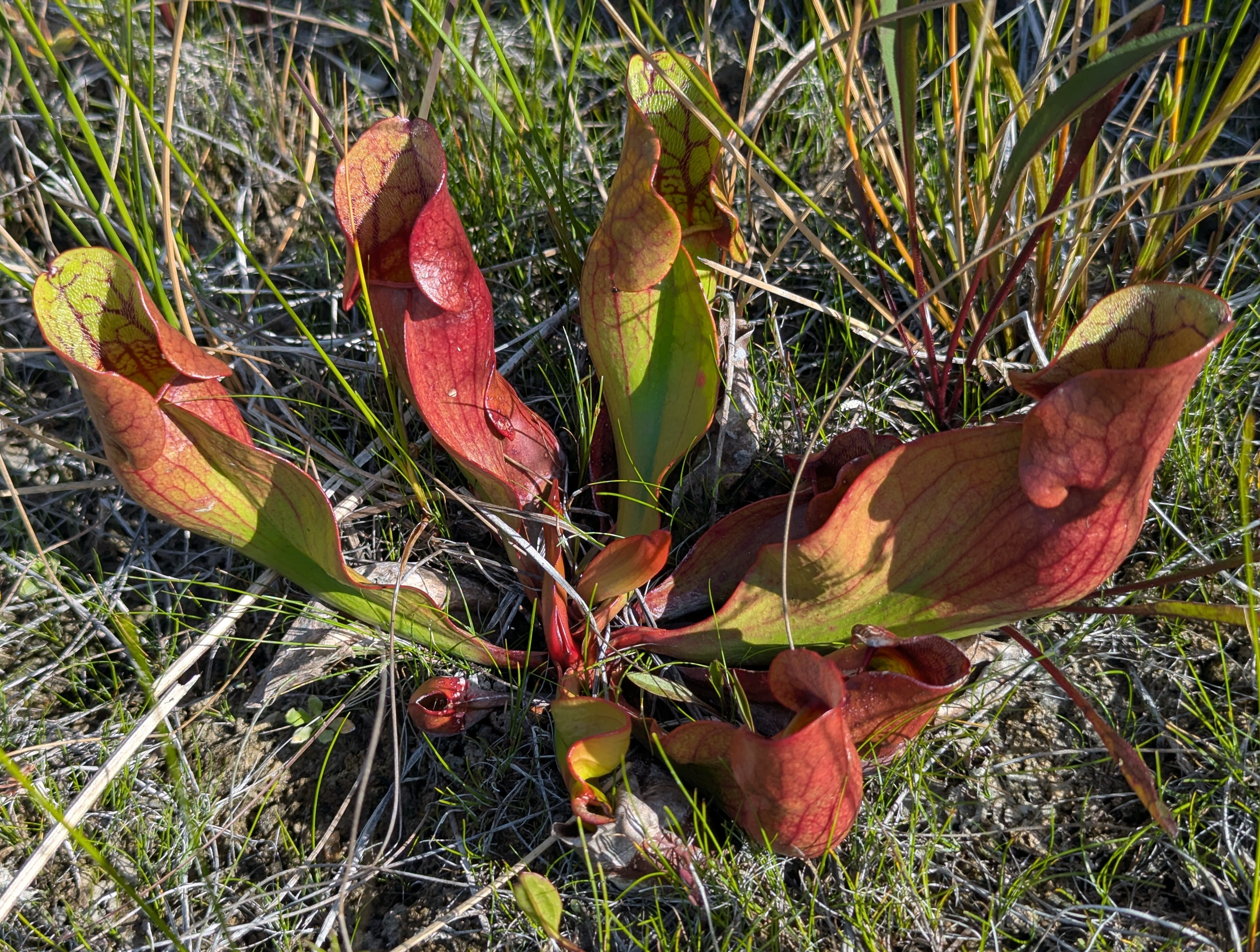Not only will an avocado seed not grow true, the seedling tree is not guaranteed to produce fruit at all, and the flowering of avocado is temperature-dependent, so if you (e.g.) plant a Hass avocado in the lowland tropical rainforest, the nights probably won't get cold enough to trigger proper flowering.
"The stigma of an avocado flower will normally have ceased to be receptive to pollen when it starts to release its own pollen. However, as a result of the mass flowering ... under ideal temperatures (maximum 25°C, minimum 20°C) there is theoretically some overlap from other flowers providing a small window of opportunity for what is termed close-pollination."
"But under cooler conditions (maximum 20°C, minimum 10°C), flower opening can be both delayed and extended. Type B flowers may be delayed so much that the female stage may not be detected, with the flower appearing to open only as a functional male. Also, the male phase of type A flowers may be so delayed that they remain open over-night and into the next morning."
https://www.agric.wa.gov.au/spring/growing-avocados-flowering-pollination-and-fruit-set?page=0%2C1
Equatorial lowlands would most likely not experience the cold conditions mentioned above, and with multiple flowering avocado trees in close proximity to each other, close-pollination could provide an adequate avocado yield. However, high temperatures can also interfere with flowering, pollination, and fruit set:
"Under a tropical temperature regime of 33°C day and 23°C night the trees of the cultivars Fuerte and Hass had fewer flowers and a shorter flowering period than under temperature conditions of 25°C day and 15°C night."
"In the Fuerte cultivar daytime temperatures above 30°C or below 20°C were found to disrupt flowering ... High temperatures appeared to stimulate vegetative growth at the expense of reproductive development and flowers and developing fruit were shed from the plant."
"The problem was particularly marked amongst Mexican and Guatemalan type cultivars; less so in West Indian types."
https://www.avocadosource.com/WAC1/WAC1_p042.pdf
"West Indian cultivars flower well in tropical climates, but often flower poorly in the subtropical climate of Southern California. On the other hand, Guatemalan and Guatemalan x Mexican hybrids flower poorly in tropical climates, but flower profusely in California."
"Flowering in ‘Hass’ and the other subtropical avocado cultivars is induced by a period of low temperature. ‘Hass’ did not flower when kept at temperatures of 30/25, 25/20 or 20/5 [degrees] C (day/night), but did flower when exposed to 3-4 months of 15/10, 18/15, 20/15 and 23/18 [degrees] C (day night). Under the two last temperature regimes the flowering was delayed and sparse"
https://ucanr.edu/sites/alternativefruits/files/166371.pdf
Here one can see the differences in yield when avocado trees flower within or outside of the optimal temperature range:
https://www.avocadosource.com/WAC1/WAC1_p045.pdf
